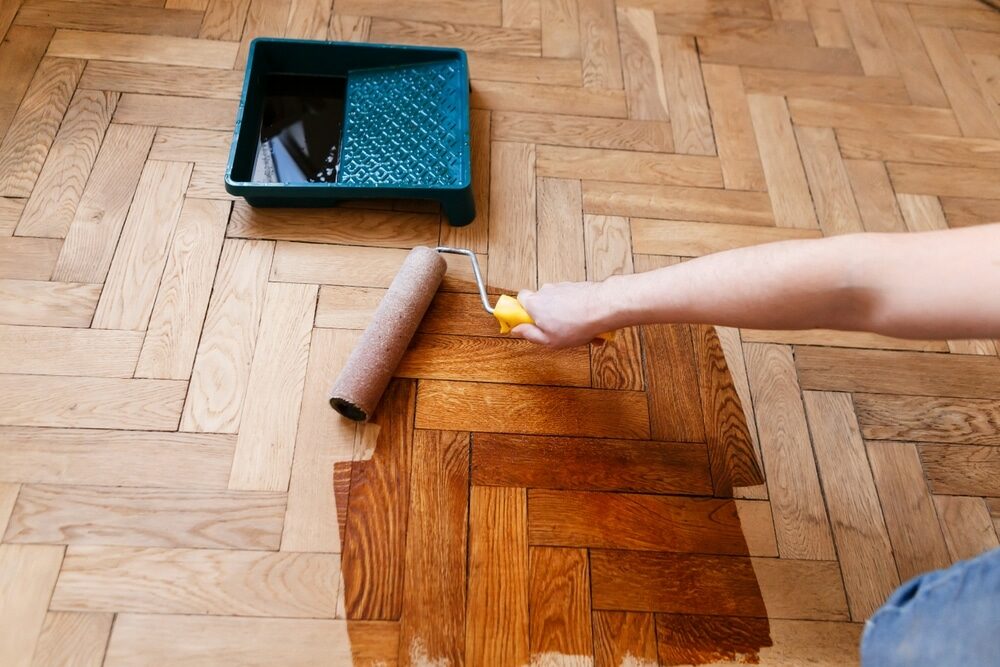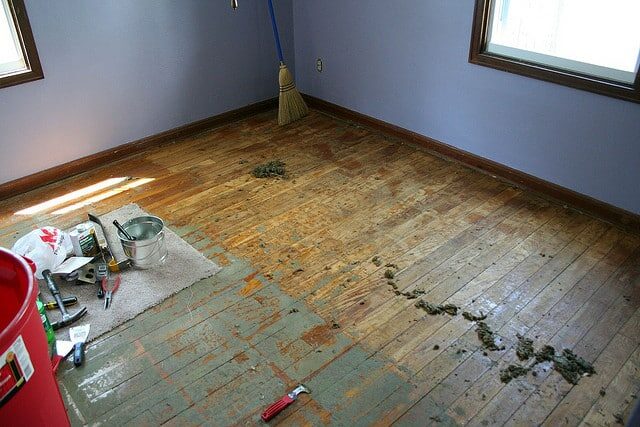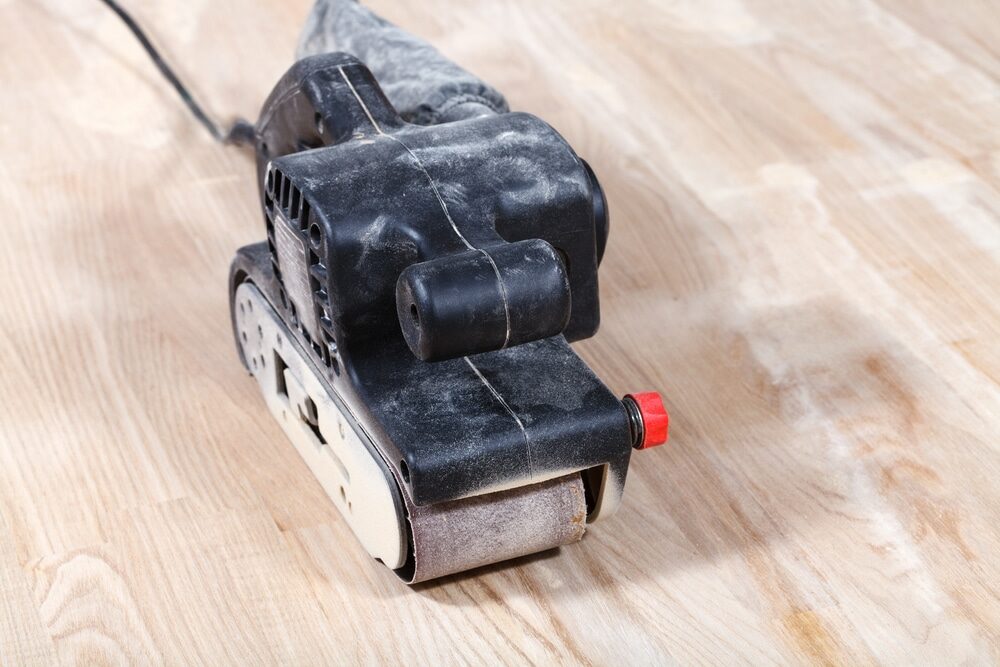London:
Nationwide:
Engineered Wood Floor Installation in London Homes at Mr Sander®
Posted on May 20, 2023
Blog
Comprehensive Step-by-Step Guide to Installing Engineered Wood Flooring in London Homes
As more London homeowners search for flooring options that offer both charm and functionality, engineered wood flooring stands out as a top contender. Its layered construction offers robust durability, while its real wood veneer brings in that timeless, classic look we all associate with hardwood flooring. This comprehensive DIY guide aims to provide a step-by-step approach to installing engineered wood flooring in London homes, covering everything from the required tools to maintenance tips.

Understanding Engineered Wood Flooring
Engineered wood flooring is a composite product consisting of several layers. The bottom and middle layers are typically made from three to twelve layers of plywood, while the top layer (also known as the ‘wear layer’) is made of solid wood. This multi-layered construction provides exceptional stability, allowing engineered wood to withstand temperature and humidity changes far better than solid hardwood. It can be installed in areas where solid wood isn’t usually recommended, like basements or over radiant heating systems.
Materials and tools needed
To successfully install your engineered wood floor, you’ll need the following tools and materials:
- Engineered wood flooring planks
- Moisture Barrier or Underlayment
- Trowel (if using adhesive)
- Tape Measure
- Chalk Line
- Table Saw or Circular Saw
- Rubber Mallet
- Pull Bar
- Flooring Spacers
- Safety gear (goggles, gloves, knee pads)
- Flooring adhesive (for glue-down installation)
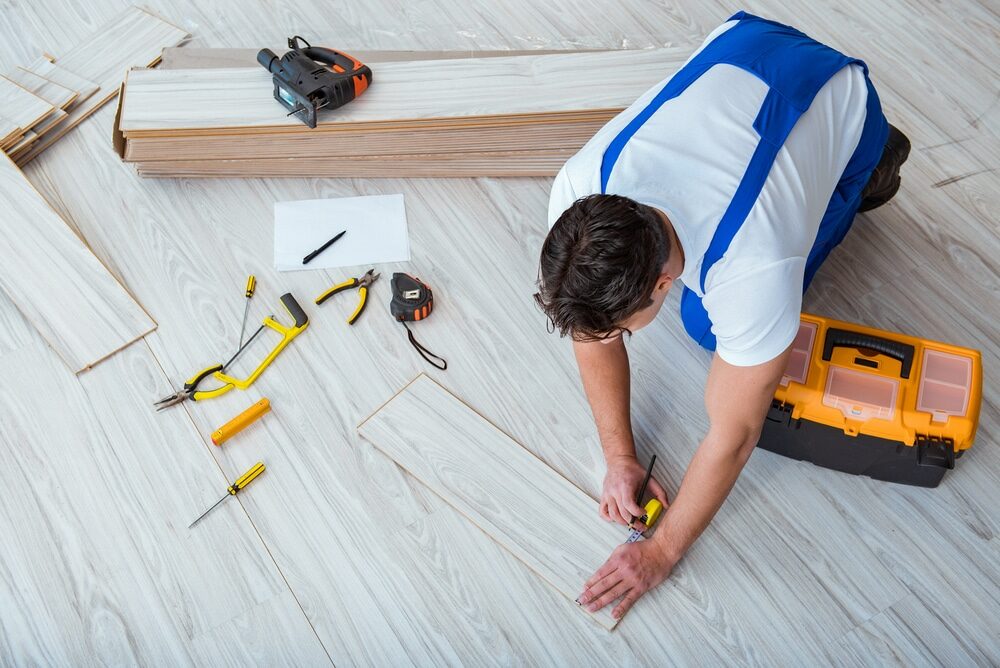
Preparation before installation
1. Acclimatisation
Engineered wood flooring needs to acclimate to the room’s conditions where it will be installed. Store the planks in the room for at least 48 hours before installation.
2. Subfloor preparation
Ensure the subfloor is clean, flat, dry, and level. If you’re installing the engineered wood floor over concrete, use a moisture barrier to protect the flooring.
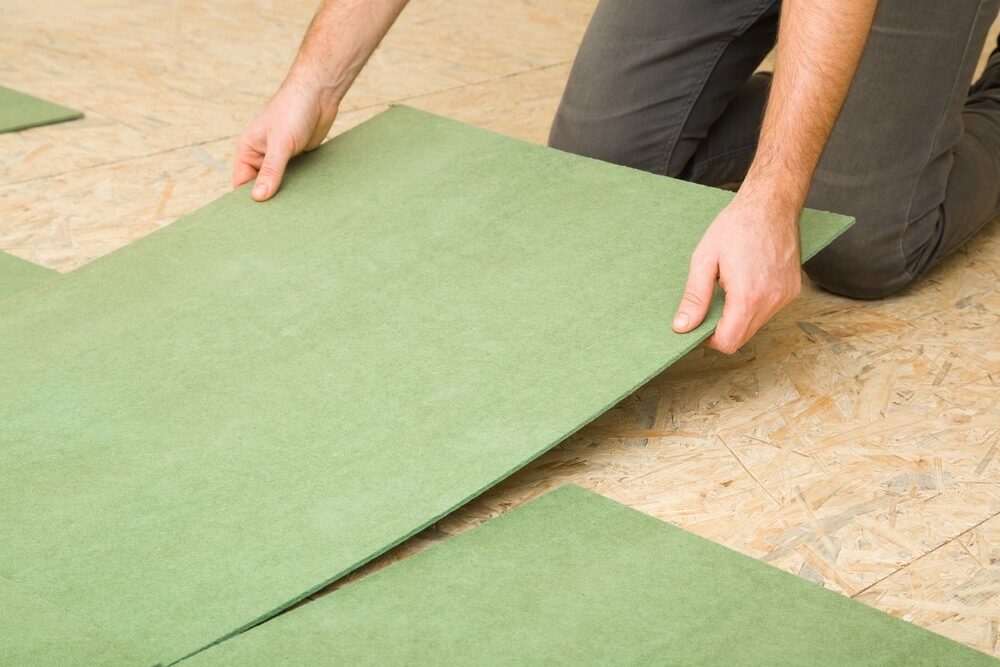
3. Layout planning
Measure the room and plan your layout to avoid having planks less than 2 inches wide or 8 inches long near walls or at the ends of the room. The planks should ideally be installed parallel to the longest wall of the room.

Engineered Wood Floor Installation: A Step-by-Step Guide
Engineered wood flooring can be installed using one of three methods: floating, glue-down, or nail-down. This guide will focus on the glue-down method, which is quite common for London homes.
1. Apply the adhesive.
Using the trowel, apply a layer of flooring adhesive to the subfloor. Only apply as much adhesive as you can cover with flooring before it starts to dry.
2. Lay the First Row
Starting from the right side of the room, place the first plank with the tongue facing the wall, maintaining an expansion gap of about 12 inches from the wall. Add each plank’s groove to the tongue of the previous one, cutting the last plank in the row to fit if necessary.
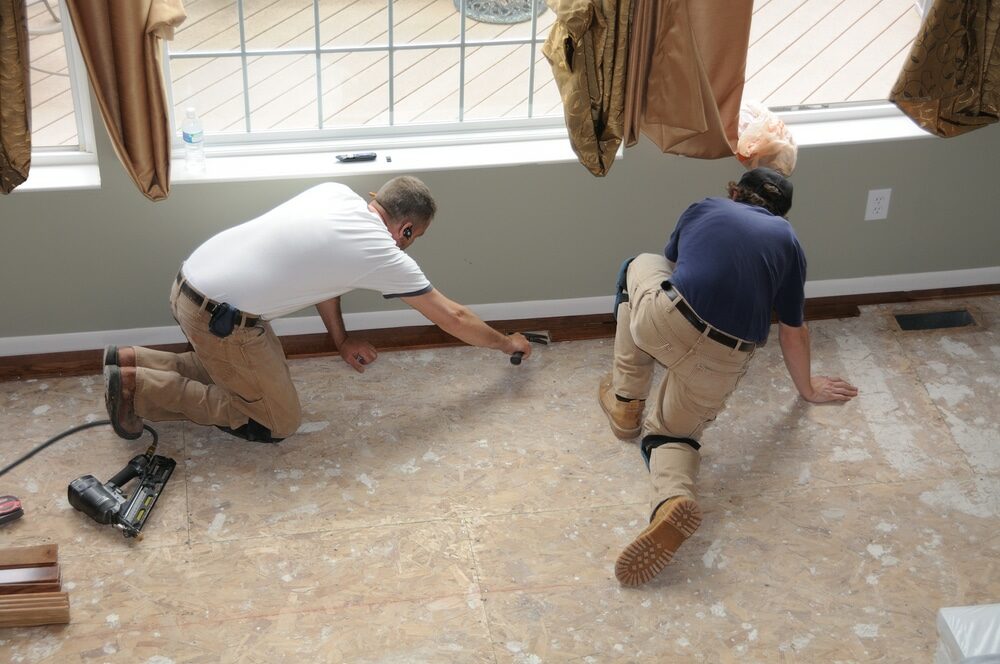
3. Continue laying planks.
Apply adhesive and lay the planks row by row. Remember to stagger the end joints by at least 8 inches between adjoining rows for a more natural and aesthetically pleasing look.

4. Install the final row.
The last row may need to be cut lengthwise to fit. Don’t forget to account for the expansion gap when cutting these planks. Use the pull bar to snugly fit the final row to the rest of the floor.
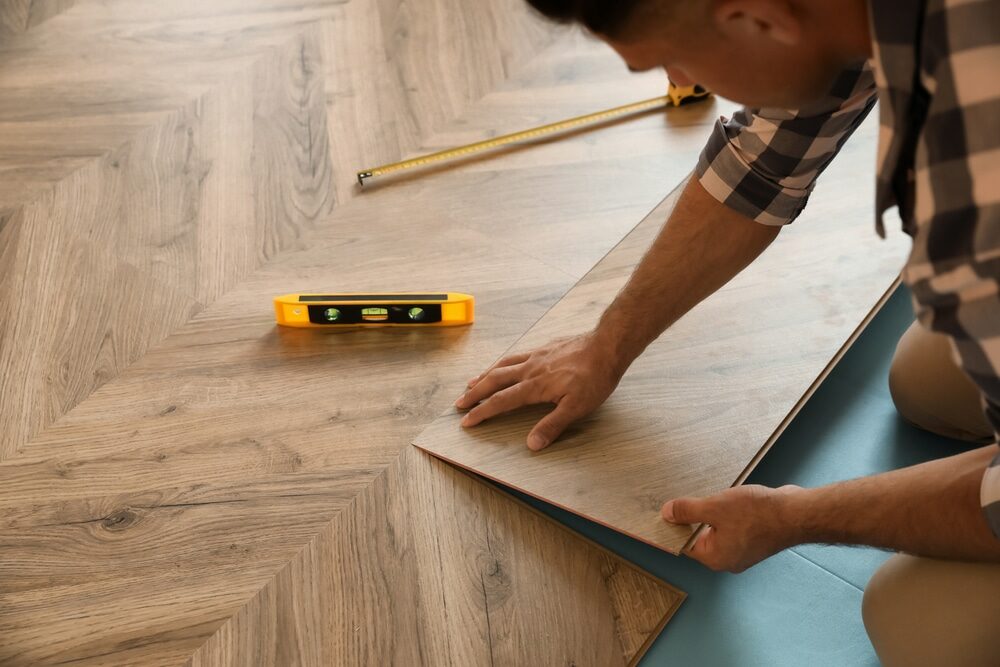
Post-Installation Tips
After installation, clean up any adhesive residue with a manufacturer-approved adhesive remover. Allow the floor to dry for 24 hours (or as recommended by the adhesive manufacturer) before walking on it or moving furniture onto it.
Finally, reinstall any baseboards or molding. These finishing touches give your room a polished look and neatly cover the expansion gaps.
Maintaining Your Engineered Wood Floor
Engineered wood floors are relatively easy to care for. Regular sweeping or vacuuming will keep them free from dust and grit. If you need to mop the floor, use a lightly dampened mop and never soak the floor with water.
For deeper cleaning, use a pH-neutral wood cleaner as recommended by your flooring manufacturer. To maintain the beautiful finish, avoid using harsh detergents or abrasive cleaning tools.
Lastly, although engineered wood floors can handle more humidity and temperature fluctuations than solid hardwood, it’s still crucial to maintain a stable indoor environment. Sudden changes in humidity and temperature can cause wood to expand or contract, potentially damaging the floor.
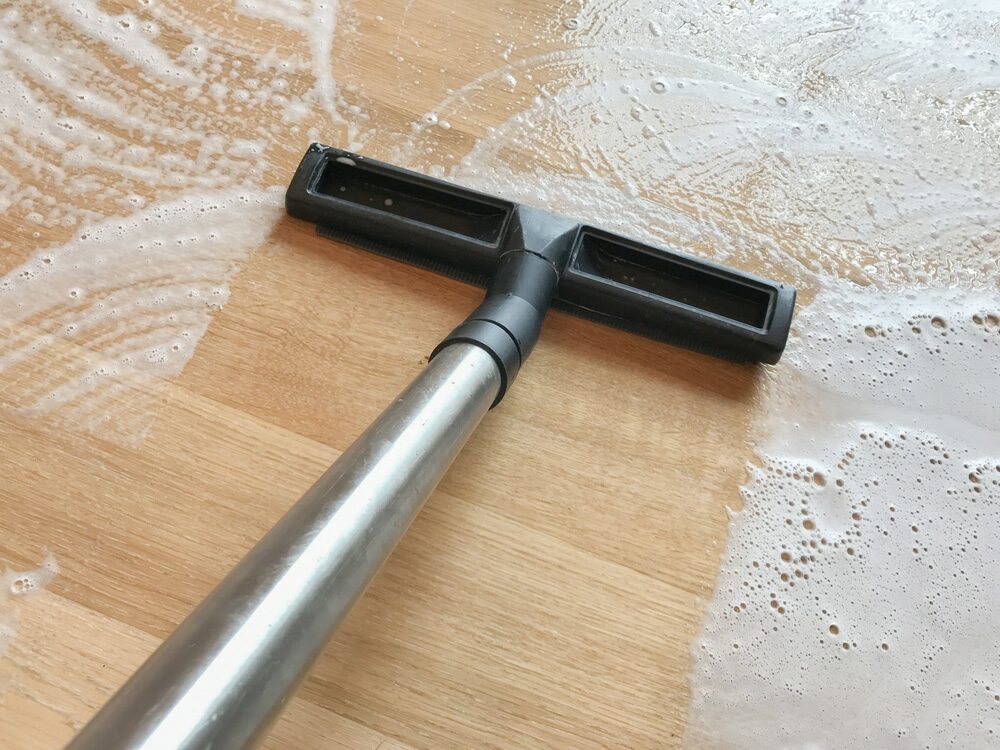
Key Benefits of Engineered Wood Flooring
Engineered wood flooring is a fantastic choice for London homes. Its multi-layer construction offers superb stability and durability, while its real wood top layer brings a warm, organic beauty to any space. It’s less susceptible to warping or shrinking compared to solid wood, making it suitable for various rooms, including kitchens and basements.
Moreover, as engineered wood flooring comes pre-finished, it saves homeowners the time and effort required for sanding and sealing, as is often needed with solid wood flooring.
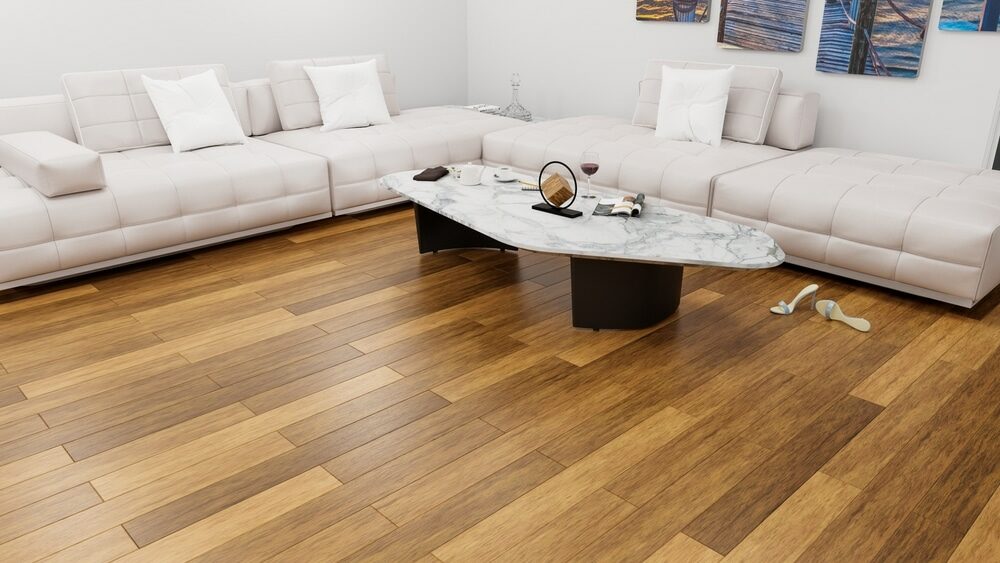
Conclusion
Installing engineered wood flooring in your London home can be a rewarding DIY project, dramatically enhancing your living space’s look and feel. With the right tools, preparation, and attention to detail, you’ll end up with a beautiful floor that will last for many years.
While this guide gives you a good understanding of the process, it’s important to always follow the specific instructions provided by your flooring manufacturer. If you encounter any challenges during the installation process, don’t hesitate to seek professional help.
Engineered wood flooring strikes the perfect balance between aesthetics and functionality. Not only will you have a beautiful floor that enhances the look of your home, but you’ll also have a floor that is built to last and capable of withstanding the rigors of everyday life. Happy flooring!
Some Useful Links:
- Stairs Sanding & Refinishing
- Floor Sanding Services
- School Floor Sanding
- Wood Floor Restorations
- Wood Floor Repairs
- Wood Floor Polishing
More from our Blog:
How to Install a Solid Bamboo Floor: A Step-by-Step Guide Wood Floor Sanding Machines: Your Comprehensive Guide for Restoration Success Revamp Your Home with Professional Floor Sanding Services in London DIY Wood Floor Installation: Step-by-Step Guide for Homeowners Wood Floors | How to Maintain Your Wooden Flooring
Sanding
We provide virtually dust-free sanding with our continuous belt machinery with mobile extraction units, giving you a safer environment for your family.
Oiling
This organic finish not only adds beauty to your home but also has exceptional water-repellent characteristics, making it easier to clean and maintain.
Waxing
This natural floor finish offers the softest and most mellow appearance – and leaves your floor able to breath.
Buffing
Using soft buffing machines (and hand-polishing where required) will bring a wonderful sheen to your newly-finished floor.
Repairs
We offer a full assessment of your wooden floors to determine what repairs are needed to provide the perfect working surface for the later stages of sanding, staining and sealing.
Restoration
We offer a comprehensive restoration process designed to address floors that are improperly fitted or damaged over time through wear and tear.
Request a fixed price quote for your wood floor restoration now
Simply enter your postcode below to get started.
Services
Wood Floor Sanding Wood Floor Restoration Wood Floor Scratch Repair Squeaky Wood Floor Repair Parquet Floor Sanding Parquet Floor Restoration Commercial Floor Sanding Church Floor Sanding Community Centre Floor Sanding School Floor Sanding Gap Filling Gap Filling with ResinCopyright © Mr Sander®
Privacy & Cookies Terms & Conditions Complaints Procedure Cancellation Rights Sitemap